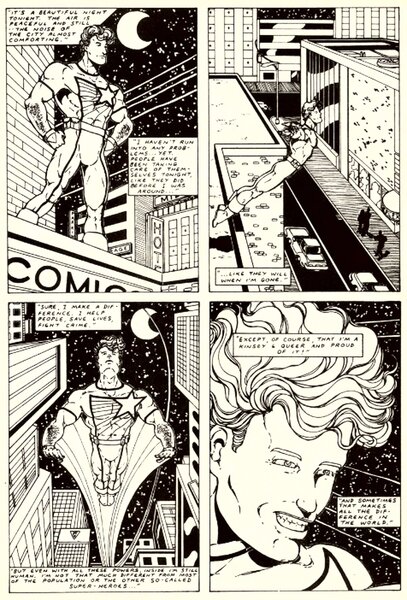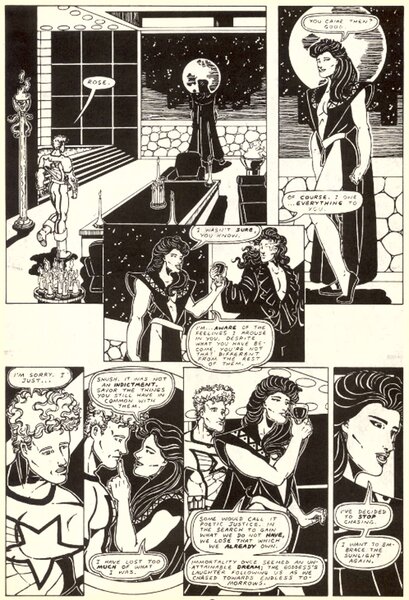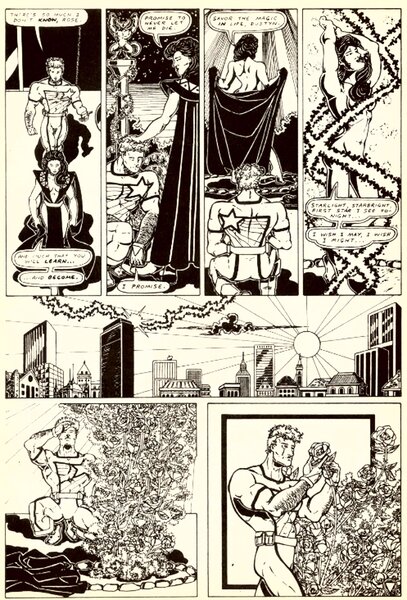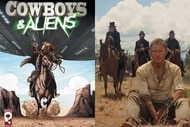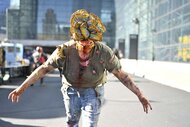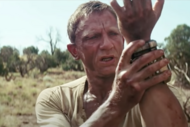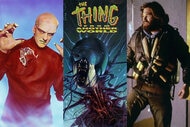Create a free profile to get unlimited access to exclusive videos, sweepstakes, and more!
Gay Comix History with Andy Mangels
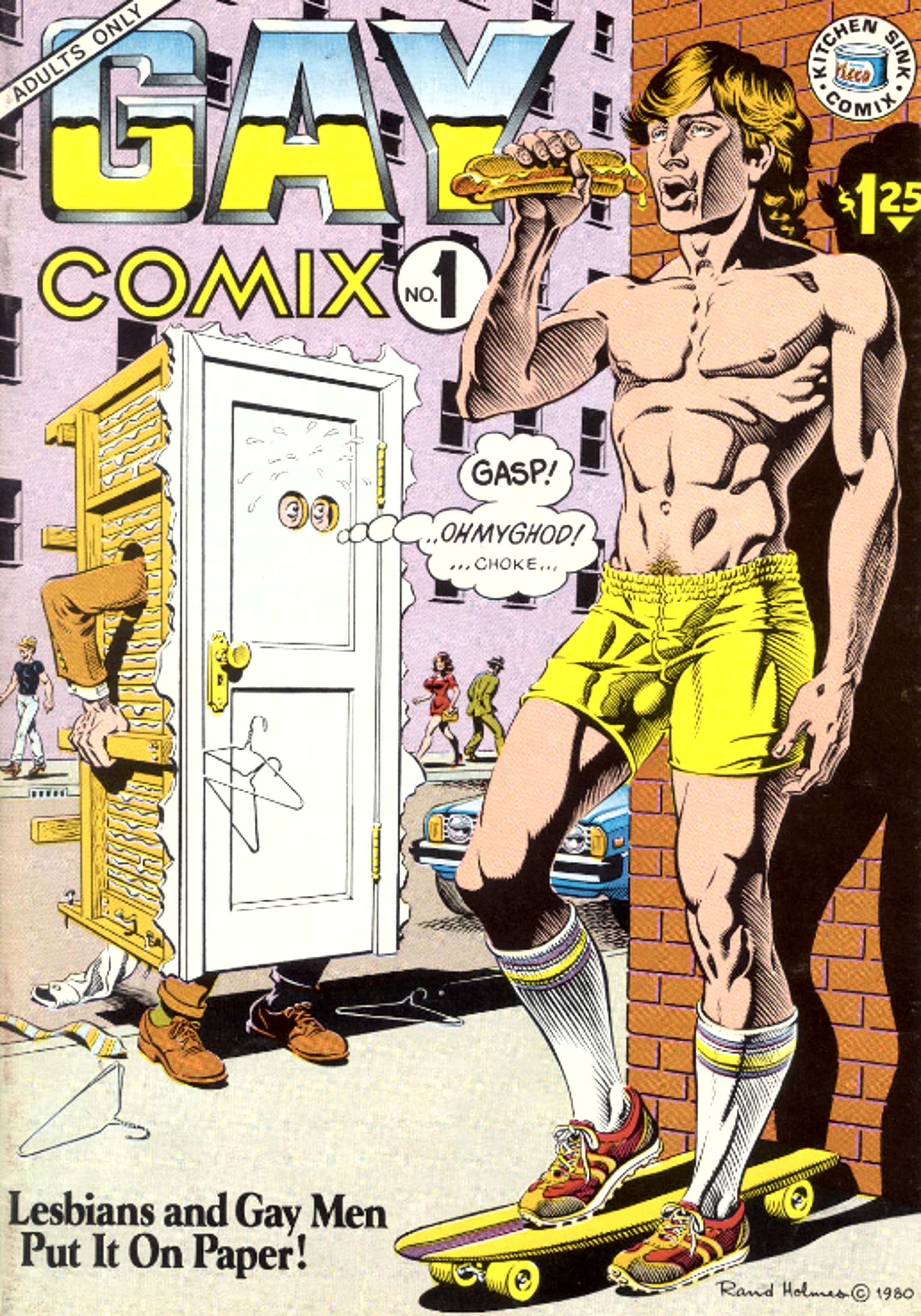
The Underground Comix era began in the late '60s as a result of the Comics Code Authority's heavy censorship of the medium. People wanted to make books that looked like their lives, and so, as we had the indie explosion in cinema, so did comics see their own groundbreaking era of creativity. Some of these comix aged well, many of them haven't, but all of them existed in the spirit of disrupting the status quo.
In its 18-year run from 1980 to 1998, Gay Comix went through two publishers and three editors, and each brought their own flavor to the series. The final editor, Andy Mangels, met with us to discuss the progression of Gay Comix and how it changed over the years.
When discussing the history of queer comics, perhaps one of the most important thing to note is that being openly gay in 1980 was a potentially career-ending move, particularly in the cis male-dominated world of comics. Even the countercultural underground comix movement tended to focus on straight white male sexuality, which alienated a lot of comic creators and readers alike. Somewhat in response to this, Trina Robbins became a founder of the one-shot It Ain't Me, Babe, the first all-women anthology, and later, the ongoing Wimmen's Comix series.
Still, queer artists like Mary Wings, who had read Trina Robbins' groundbreaking Sandy Comes Out (the first known comic story about a lesbian to treat the subject with respect), felt like something had been missed by a straight woman telling the first lesbian comic story, and thus felt compelled to craft her own works in the mid-'70s. At the same time, gay magazines were beginning to run queer-centric comic strips. The momentum around gay comic creators continued to build, and by 1980, the need for an anthology was apparent.
Gay Comix was strongly connected to that rebellious legacy of Wimmen's Comix, but establishing itself as its own individual anthology with a wholly different purpose. To begin with, Wimmen's Comix had functioned as a collective. In the words of editor Andy Mangels, "Gay Comix was not a collective. It was a collection, but not a collective."
According to Mangels, "The whole idea of it came from a straight guy, Denis Kitchen, who was the publisher of Kitchen Sink Press. He approached Howard [Cruse] to see if he'd be willing to edit it. Howard was at that point one of the few openly queer cartoonists in the underground scene… nobody in mainstream comics was out, but in underground comics, there was a handful. The assumption was that Howard would know everybody. Because of course all gays and lesbians know each other! It's funny because we joke about that but there is some truth to the concept. Many of us that were queer pioneers did know people because people would come to us and say, you know, I'm not ready to be out yet, but here I am."
Mangels continued, "They sent a letter out that said if you are… at that point, it was gay or lesbian, there was no LGBTQ. If you're interested in contributing, please contact Howard. There wasn't a specific editorial vision of, you must do stories along this nature, as much as it was, give me something that speaks to the topic that is in your voice."
As such, Cruse began by simply working with what he had available to him. "Originally Gay Comix was scheduled whenever an issue was done. Howard's life got complicated, so he gave it to another cartoonist, Robert Triptow. Howard Cruse was originally like, it's open to everybody, and it didn't really have themes. Robert Triptow said let's start theme issues and picking and choosing creators. You started seeing creators that were in issue after issue because they were on time, they told good stories, and they had something interesting to say."
On a recent panel about Gay Comix, Triptow noted that he was of ill health and more than ready to leave by the time he edited his final issue. The comic series was then passed on to Mangels. "At that time, I was the first out creator in mainstream comics to really push for LGBTQ creators. I wanted to make it completely gender-equal. This is long before we had the term non-binary. By making it gender-equal — at the time Wimmen's Comix was winding down — we were able to level the playing field. The second big change was: give people more money. So I was able to keep to a budget and everybody got raises. I upped the page count. And let's stop being in the underground. Let's make this mainstream. Let's distribute to comic book stores, not just LGBTQ bookstores. Get mainstream creators to contribute."
The merge into the larger comics world wasn't always a smooth transition, though. Says Mangels, "I went over to [fellow comic creator] Todd McFarlane's house. I said, 'Hey, would you be willing to donate an ad page in Spawn?' Spawn was the number one top-selling comic of the time. And he did! He donated an inside cover in Spawn. Once that issue came out, he had retailers asking, 'How dare you? How can I sell this comic to children? I can sell it when people are murdered, limbs are torn off… but I can't sell this because there's an ad for gay characters.'
"First, he called me, and he said, 'So I did this on faith… but I never read Gay Comix, is this a porn book?' I said, 'Absolutely not, there's no nudity allowed in the book. It's adult-oriented, but it's not an adult-only book. It's less adults-only than Spawn.' So, he went to the retailers that wanted to return Spawn, and he said, 'You can return this issue for full credit, but you will never again be allowed to order Spawn.' This is of course the number one comic, so they all just shut up and went away."
Under Mangels' editorial, there were many other important changes. The name Gay Comix was changed to Gay Comics to bring it to the mainstream. There was a greater presence of queer superheroes in the pages, and the content went somewhat more commercial. Still, underground creators like Alison Bechdel were given whole issues, and longtime contributors like Roberta Gregory returned for epic feature-length stories.
To all great things an end, though, and by 1998, Gay Comix saw the publication of its final issue. As of now, the series has yet to be collected in its entirety, though there is a behind the scenes effort to make such a collection a reality by the surviving editors, Triptow and Mangels. The importance and need for such a collection cannot go unstated. It is not exaggerative to say that Gay Comix changed comics history, not just for queer people and not just in comics. The greater acceptance of queer themes in all media was pushed forward by pioneers that so seldom get their due.
Today, when you look back on the history of queer comics, at first glance, there are some massive gaps. There are two decades between Sandy Comes Out in the early '70s and Northstar coming out in Marvel comics in 1992. It's easy to feel like there was nothing happening in the interim, but in fact, Gay Comix was happening all along. In Mangels own words, "It pushed forward not just an agenda of acceptance, but it also pushed forward the entire comics field when it came to understanding and servicing LGBTQ fans."
This interview has been edited and condensed for clarity.
